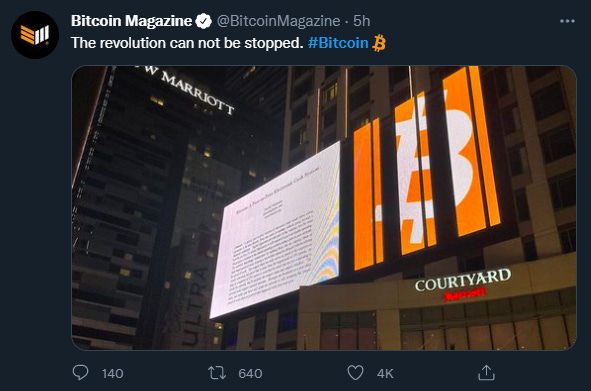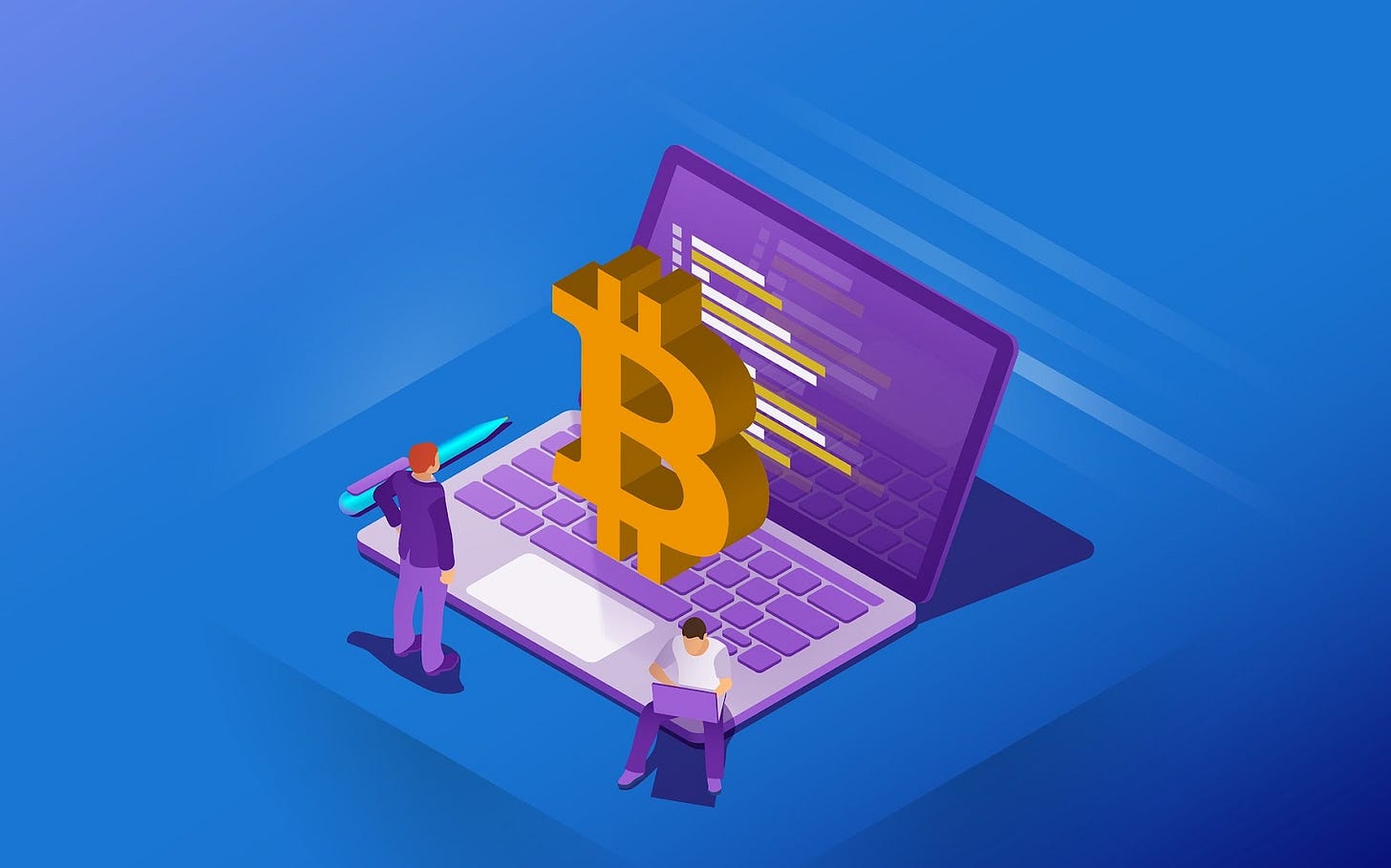Hello, world.
Welcome to the first edition of Mined Over Matter, your twice-monthly source for Bitcoin information, block by block.
You’ll find easy-to-understand explanations for each aspect of Bitcoin from its inception in 2008 all the way to today.
Mined Over Matter is for Bitcoin newcomers:
If you are completely new to Bitcoin and blockchain technologies, this is your newsletter.
If you have a friend or family member who wants to know what Bitcoin is and you’re not sure where to begin, this is your gift to them.
Each week we’ll cover all the essential topics to build your knowledge base of what Bitcoin is, and what it is becoming. We’ll start at the very beginning and work our way forward.
Thank you for reading today. Please leave your feedback in the comments. I would love to hear from you! So, let’s begin.
BLOCK #1
The original Bitcoin Whitepaper is published on October 31, 2008 by the anonymous Satoshi Nakamoto on Bitcoin.org.
There is a lot unpack in that statement, so let’s break it down:
A whitepaper is simply a written explanation of a specific technology.
The Bitcoin Whitepaper explained what Bitcoin could do and how it works.
To this day, no one knows who Satoshi is.
While Nakamoto published the whitepaper in 2008, the first Bitcoin transaction happened a few months later in 2009.
Here is the Abstract (summary) of the Bitcoin Whitepaper. Satoshi made it so that even people with zero technical background could understand the basic premise, described in the first sentence:
“A purely peer-to-peer version of electronic cash would allow online payments to be sent directly from one party to another without going through a financial institution.” - Satoshi Nakamoto
Don’t worry if you don’t understand all the technical references and terms in the rest of the Abstract. Today we are focusing on how Satoshi’s idea created a digital payment system that allows people to send money directly to and from each other without a bank or any other 3rd party.
To send or receive Bitcoin, all you need is a device with an Internet connection to download a Bitcoin wallet. From there you can buy Bitcoin on an exchange (or from another person) and move it to your wallet (we will cover everything you need to know about Bitcoin wallets in an upcoming newsletter).
Case in point
In 2017, soon after I first learned about Bitcoin, I wanted to pay a freelancer who lived in Nigeria for her virtual assistant services. In her region, Paypal and other payment services were not available, and doing a bank wire was overly expensive and risky. I ended up paying her in Bitcoin, from my wallet directly to her wallet. It took less than a minute to send, the transaction cost only pennies, and she received it seconds later.
Important things to know
Bitcoin is open source software technology, meaning that software engineers and developers all over the world are able to contribute to the upkeep and maintenance of the Bitcoin source code.
Bitcoin has no CEO, or any government or central bank behind it. In fact, it was created to solve the problems with centrally controlled currencies, such as the US dollar.
Satoshi is now the name for the smallest unit of Bitcoin. One Satoshi (or “Sat”) is equal to one 100 millionth of one Bitcoin.
Bitcoin Factoid
The first Bitcoin transaction was made by early Bitcoin supporter and code contributor, Hal Finney (RIP). He downloaded the Bitcoin software on January 12, 2009 and was sent 10 Bitcoins from Bitcoin’s anonymous creator, Satoshi Nakamoto.
Stats
Today, one Bitcoin is worth ~$66,000 (click here to see most updated price). But you don’t have to buy a whole Bitcoin, you can buy a tiny fraction.
Bitcoin now has 707,634 blocks, which are filled with verified transactions that are all connected through a hashing algorithm. This means it is nearly impossible and economically infeasible to alter a past transaction or make a false transaction.
“Bitcoin is a relatively new technology, but in its twelve years of existence, Bitcoin has proven itself to be the most secure digital system in the world and the most reliable monetary system ever invented. Bitcoin’s blockchain has never been hacked, and zero counterfeit currency has ever been uttered on the network” - River Financial
Learning the lingo - “Stacking Sats”
”Satoshis” or “Sats” is the name for the smallest unit of Bitcoin.
“Stacking Sats” refers to regularly accumulating Bitcoin.
Next time:
Block #2 - Nakamoto releases version 0.1 of the Bitcoin software on January 9, 2009.
The Bitcoin Network was launched with the first ever Bitcoin block, the Genesis Block.
A special message was inside the Genesis Block that helped us understand the reasons why Nakamoto released the Bitcoin software.
What is a blockchain?
Feel free to reply back to this email to give your feedback on how this newsletter is working for you.
Is it useful? How can it be better? Let me know. Thank you.







